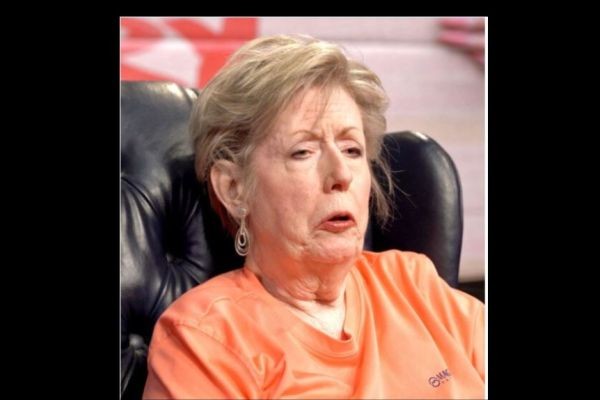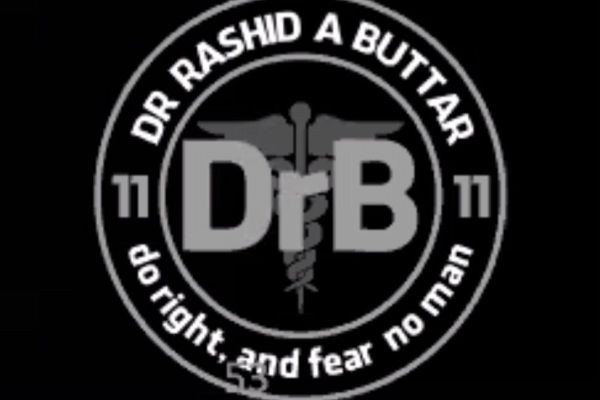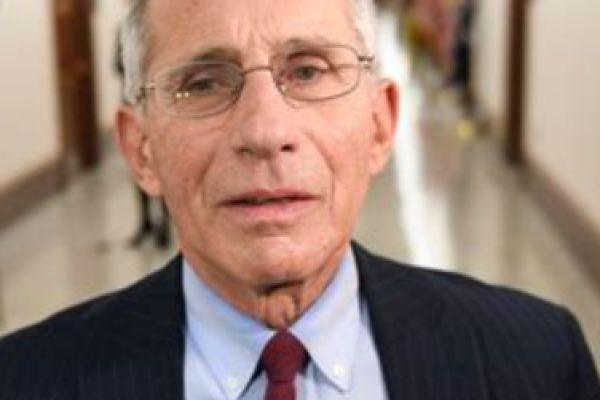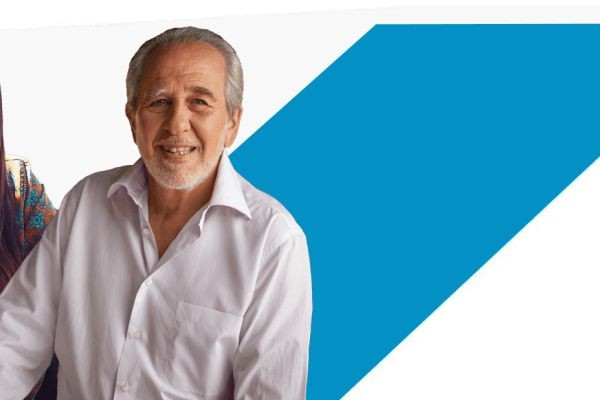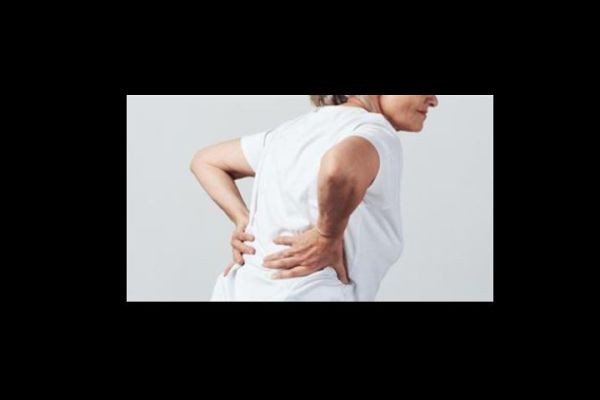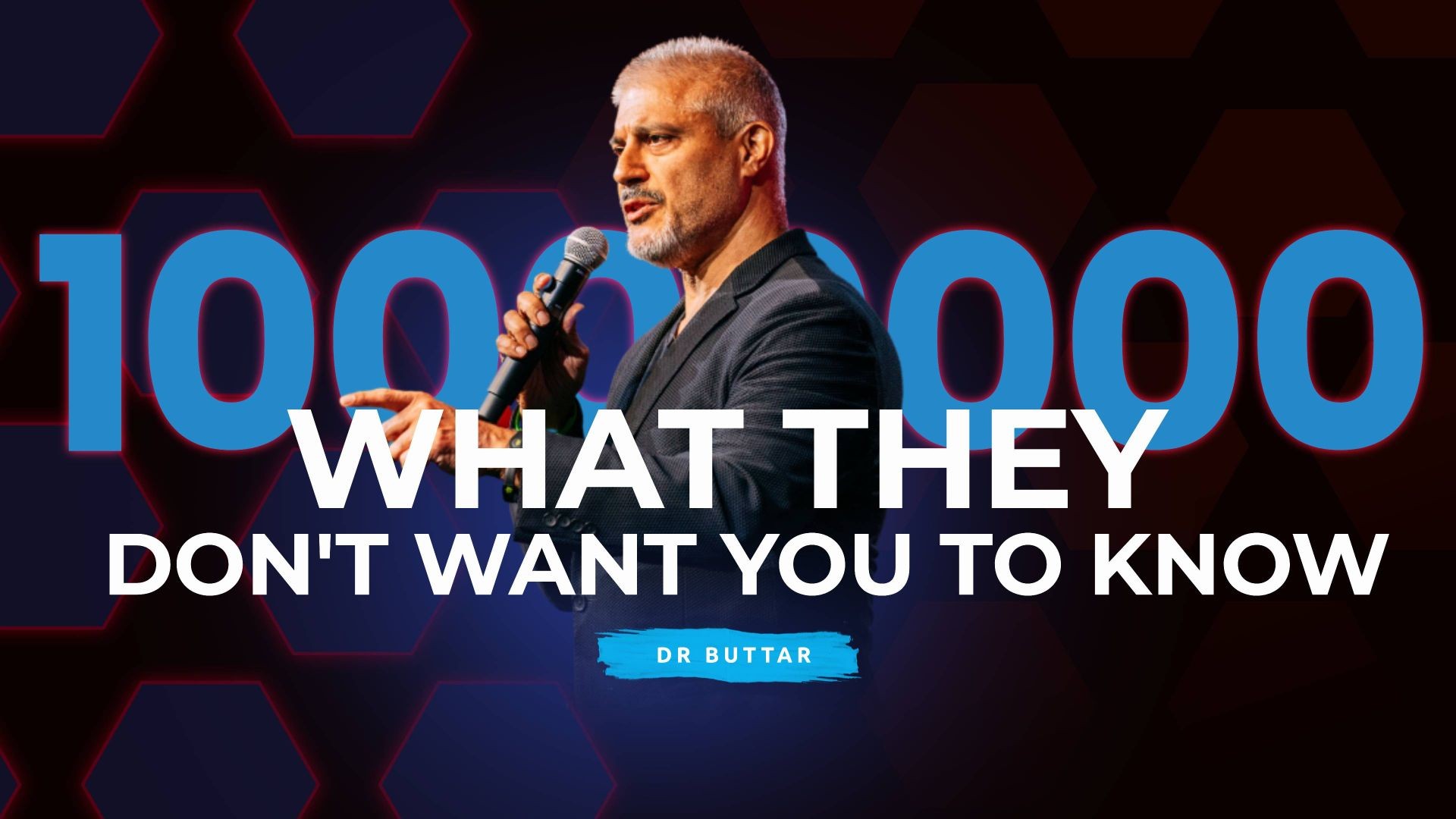May 5, 2024 - by Marco Cáceres - Immune & Brain Disorders - Published by the National Vaccine Information Center
Source Article - Autism Treatment Market Set to More Than Double by 2030 – The Vaccine Reaction
As the rates of autism spectrum disorder (ASD) continue rising in the United States and around the world, so does the market for treating the immune and brain dysfunction associated with the neurological and developmental disorder that affects one in 36 eight-year-old children in the U.S., with one in six suffering with a developmental disability. The global market for ASD treatment, currently estimated to be worth about $7.5 billion by market research firm Fortune Business Insights of Pune, India, is projected to more than double by 2030 to just over $13 billion. The market is broken down by three segments: autistic disorder, Asperger’s syndrome, and Pervasive Developmental Disorder (PDD).1 2 3
Note that these estimates are extremely conservative compared to those provided by Allied Market Research of Portland, Oregon, which peg the ASD treatment market at closer to $30 billion today and forecast it may grow to $43.2 billion by 2031. Some market researchers speculate this market could be a “next industry giant.”1 4
According to Fortune Business Insights:
An increase in the prevalence of autism spectrum disorder (ASD) is positively impacting the growth of the market globally, which has led to increasing demand for clinical research for effective treatment.5
This prevalence rate, combined with the high unmet patient population in emerging countries, is anticipated to surge the demand for novel and effective drugs and therapies for autism spectrum disorder treatment. Consequently, this surge in demand is expected to drive the market growth.3
In both the forecasts by Fortune Business Insights and Allied Market Research, North America is expected to dominate the ASD treatment market because of increases in “product launches” in the region, a mature “health care infrastructure” and presence of “key players.” In 2022, North America accounted for about 59 percent of the share of the market.3 4
Then, of course, there is simply a higher demand in North America for treatment and other services, given that there is a significantly higher rate of autism in the United States compared to many other countries. While the World Health Organization (WHO) estimates that the average rate of autism in the world is one in 100 children, in the U.S. it is one in 36 and climbing.6 7 8
Both forecasts list the following companies as the top 10 providers of ASD treatments over the next decade:
– AbbVie, Inc. of Chicago, Illinois
– Axial Therapeutics, Inc. of Woburn, Massachusetts
– Bristol-Myers Squibb Co. of Princeton, New Jersey
– Cognoa, Inc. of Palo Alto, California
– Curemark LLC of Rye, New York
– dfusion, Inc. of Scotts Valley, California
– EarliTec Diagnostics, Inc. of Decatur, Georgia
– Jazz Pharmaceuticals plc of Ireland
– Johnson & Johnson, Inc. of New Brunswick, New Jersey
– Novartis AG of Basel, Switzerland
Communications and behavioral therapies appear to be the best available treatments for ASD. These include:
– Integration of mobile apps, virtual reality, and other digital tools into ASD treatment plans for enhanced accessibility and engagement.
– Increasing adoption of telehealth services for remote consultations and therapy sessions, improving access to specialists and reducing geographical barriers.
– Growing emphasis on empowering parents and caregivers with evidence-based strategies to support their children’s development and manage challenging behaviors.
– Therapies aimed at enhancing daily living skills, social integration, and communication beyond symptom management are gaining traction.1 3
Several biopharmaceutical companies have been working to develop drug therapies such as stimulants (like Ritalin and Concerta), selective serotonin reuptake inhibitors (SSRIs), antipsychotics (like Aripiprazole and Risperidone), and sleep medications. The available drug therapies can reportedly reduce the frequency and intensity of repetitive behaviors; decrease anxiety, irritability, tantrums and aggressive behaviors and improve eye contact.2 3 9 10
But all of these drug therapies have side effects. SSRIs, for example, have been linked to an increased risk of suicidal thoughts. Stimulants may cause lower appetite, increased repetitive movements, stomach ache, headaches, dizziness, sleep disturbance and tendencies to withdrawal from family and other people. Antipsychotic drugs may cause increased appetite, weight gain, tiredness or drowsiness, drooling, increased heart rate and stiff arms and legs or uncontrollable jerky movements.10 11
In 2018, the U.S. Food and Drug Administration (FDA), granted a breakthrough therapy designation for an ASD treatment drug called Balovaptan, developed by Swiss pharmaceutical company Roche AG. The designation opened the door for accelerating development and approval of the drug. After completing Phase 3 trials of Balovaptan, Roche abandoned its work on the drug, concluding that it did not improve socialization or communication in autistic adults.12 13
If you would like to receive an e-mail notice of the most recent articles published in The Vaccine Reaction each week, click here.
Click here to view References:2 Fortune Business Insights. Autism Spectrum Disorder Treatment Market Share To Achieve Notable Growth, Driven by 8.5% CAGR. News Channel Nebraska Southeast Feb. 12, 2024.
3 Fortune Business Insights. Autism Spectrum Disorder Treatment Market Size, Share & COVID-19 Impact Analysis, By Treatment Type (Communication & Behavioral Therapies {Applied Behavior Analysis (ABA), Speech & Language Therapy, Occupational Therapy, and Others}, Drug Therapies {Antipsychotic Drugs, Selective Serotonin Reuptake Inhibitors, Stimulants, Sleep Medications, and Others}), By Type (Autistic Disorder, Asperger Syndrome, Pervasive Developmental Disorder, and Others), and Regional Forecast, 2023-2030. Nov. 1, 2023.
4 Allied Market Research. Autism Spectrum Disorders Market Size, Share, Competitive Landscape and Trend Analysis Report by Disease, by Service, by Location : Global Opportunity Analysis and Industry Forecast, 2021-2031. September 2022.
5 Fortune Business Insights. Autism Spectrum Disorder Treatment Market Size, Share & COVID-19 Impact Analysis, By Drug Therapy (Antipsychotic Drugs, Selective Serotonin Reputake Inhibitors, Stimulants, Sleep Medications and Others), By Disease (Autistic Disorder, Asperger Syndrome, Pervasive Developmental Disorder, and Others), By Age Group (Children and Adults), By Distribution Channel (Hospital Pharmacies, Drug Stores & Retail Pharmacies, and Online Pharmacies) and Regional Forecast, 2023-2030. Apr. 15, 2024.
6 World Population Review. Autism Rates by Country 2024.
7 TVR Staff. U.S. Autism Rate Rises to 1 in 36 Children. The Vaccine Reaction Apr. 3, 2023.
8 World Health Organization. Autism. Nov. 15, 2023.
9 WebMD. What Are the Treatments for Autism? Jan. 12, 2023.
10 raisingchildren.net.au. Medicines and autism.
11 McDougle C. Behavioral Medication Side Effects. Autism Speaks.
12 Reuters. Roche wins FDA’s breakthrough therapy label for autism drug. Jan. 29, 2018.
13 Herpen R. Balovaptan failed to improve socialization, communication in adults with autism. Healio Mar. 2, 2022.


